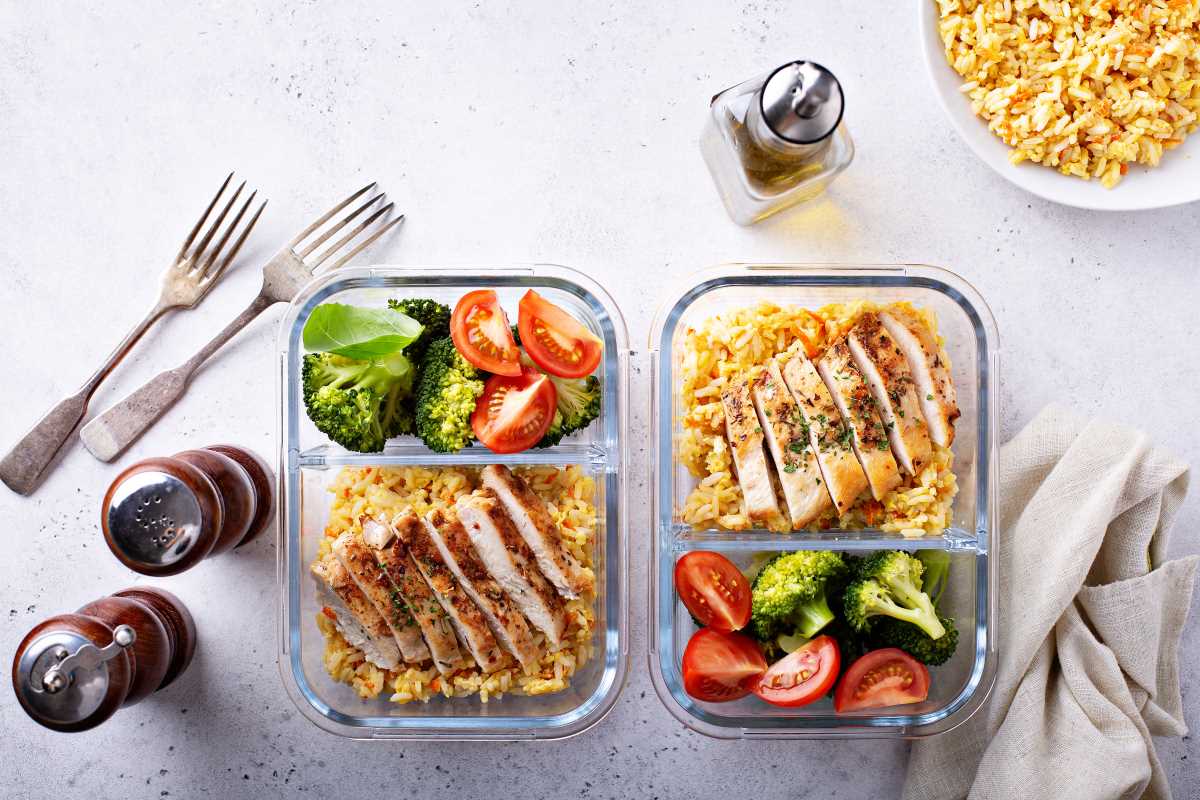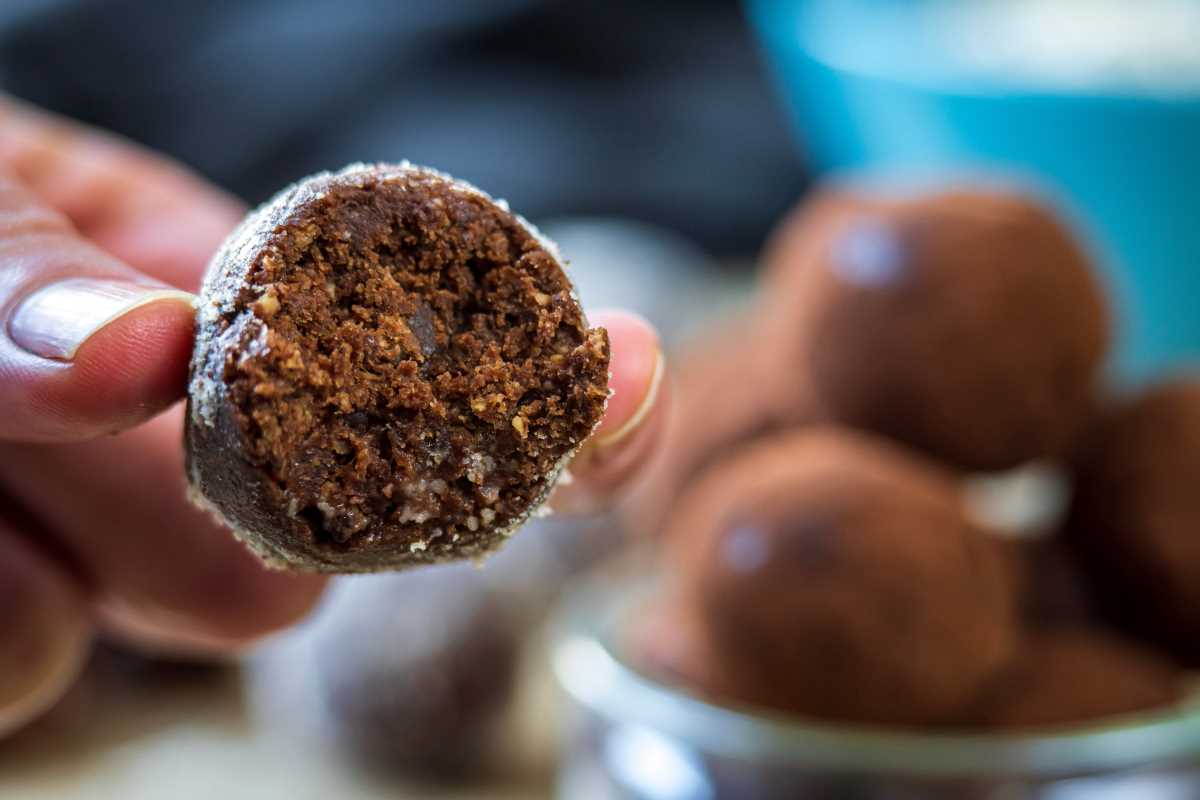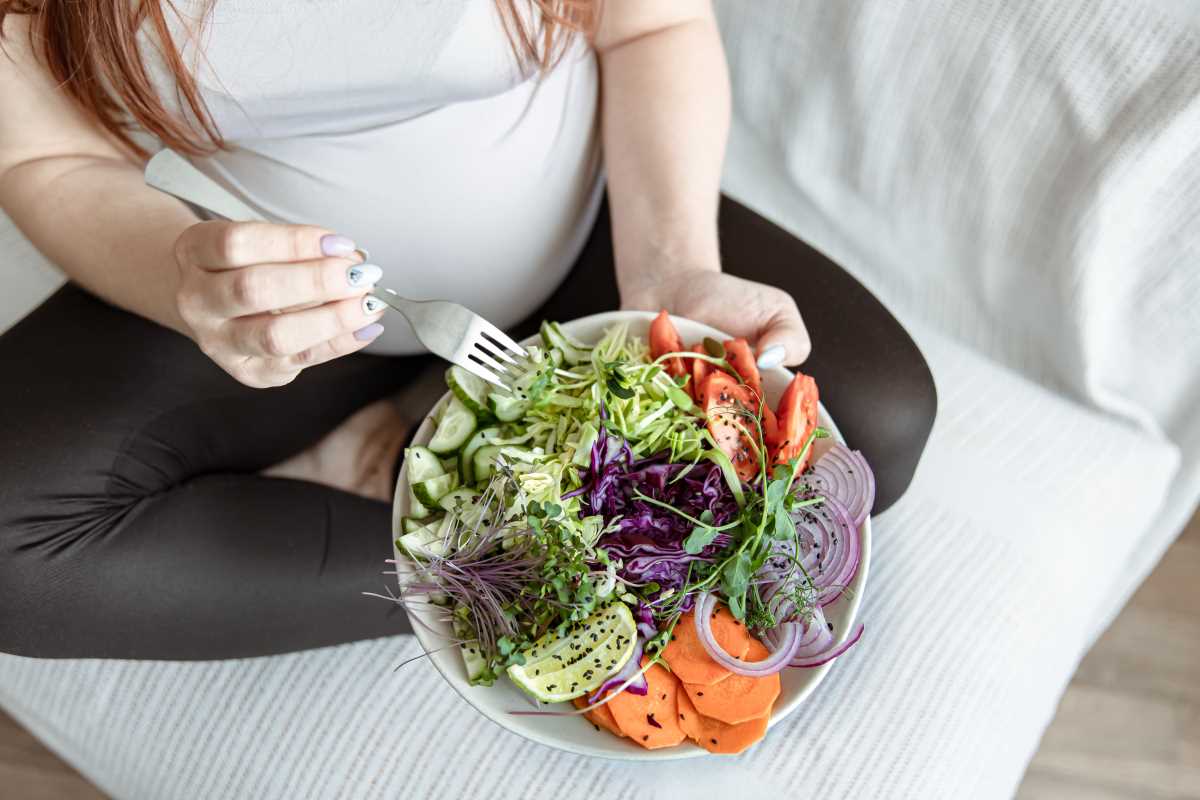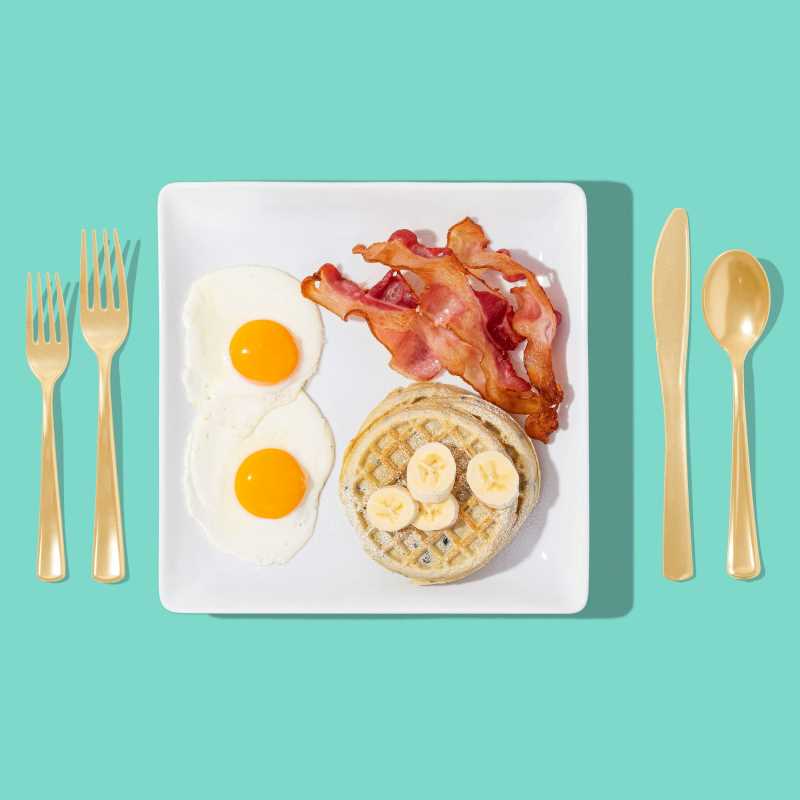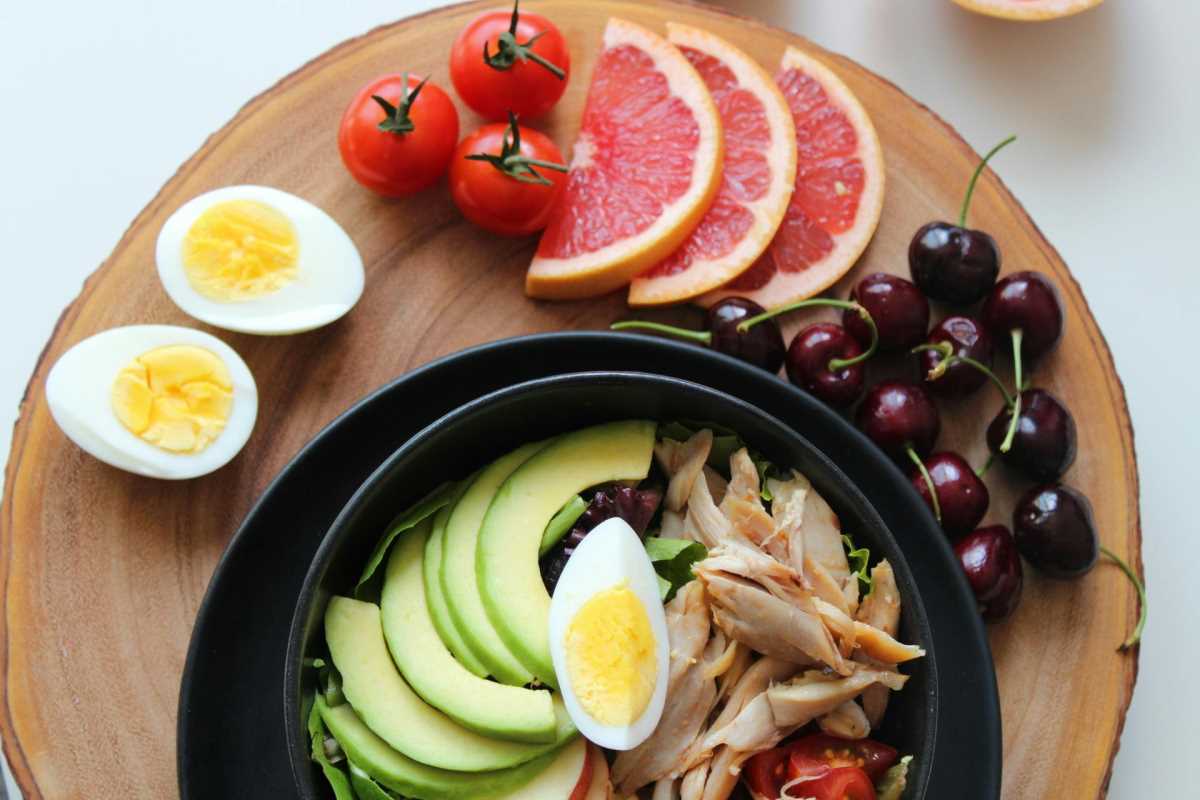If you've ever found yourself grabbing fast food after a workout or skipping meals because you're too tired to cook, you're not alone. The truth is, your fitness goals depend just as much on what happens in the kitchen as they do in the gym. Research shows that nutrition accounts for approximately 70% of your fitness results, making meal preparation one of the most powerful tools in your wellness arsenal.
Meal prepping for fitness isn't just about convenience—it's about creating a strategic foundation that supports your energy levels, enhances recovery, and helps you achieve sustainable results. Whether you're training for strength, endurance, or overall health, having nutritious meals ready when you need them removes guesswork and ensures your body gets the fuel it deserves.
Why Meal Prepping Transforms Your Fitness Journey
Time Efficiency That Actually Works
The average person spends over 37 minutes daily on food-related decisions and preparation. When you're balancing workouts with work and life responsibilities, that time adds up quickly. Meal prepping condenses your cooking time into one focused session, typically 2-3 hours on weekends, freeing up valuable time during busy weekdays.
Studies indicate that people who meal prep save an average of 4 hours per week on food preparation and cleanup. More importantly, they're 23% more likely to maintain consistent exercise routines because they have reliable nutrition support.
Nutritional Consistency That Delivers Results
Your body thrives on consistent fuel, especially when you're asking it to perform during workouts and recover afterward. Meal prepping ensures you're getting balanced macronutrients—proteins for muscle repair, carbohydrates for energy, and healthy fats for hormone production and absorption of fat-soluble vitamins.
Research published in the International Journal of Behavioral Nutrition shows that individuals who meal prep consume 2.5 more servings of fruits and vegetables daily and maintain better portion control compared to those who don't plan their meals.
Enhanced Performance and Recovery
Strategic meal timing becomes effortless when your food is already prepared. You can fuel pre-workout sessions with easily digestible carbohydrates and support post-workout recovery with protein-rich meals. This consistency helps optimize your energy levels, reduce fatigue, and accelerate muscle recovery.
The Science Behind Fitness-Focused Nutrition
Pre-Workout Fuel Strategy
Your body needs readily available energy for optimal workout performance. Complex carbohydrates consumed 1-3 hours before exercise provide sustained energy, while simple carbohydrates 30-60 minutes before can offer quick fuel. Pairing carbs with a small amount of protein helps maintain stable blood sugar levels.
Ideal Pre-Workout Macronutrient Ratio:
- 50-60% carbohydrates
- 20-25% protein
- 15-20% healthy fats
Post-Workout Recovery Window
The 30-60 minutes following your workout represent a critical recovery window when your muscles are primed to absorb nutrients. During this time, consuming protein helps repair muscle fibers while carbohydrates replenish glycogen stores depleted during exercise.
Optimal Post-Workout Macronutrient Ratio:
- 40-50% carbohydrates
- 25-35% protein
- 15-25% healthy fats
Daily Energy Distribution
For sustained energy and optimal recovery, aim to distribute your daily nutrition across 4-6 smaller meals rather than 2-3 large ones. This approach helps maintain stable blood sugar levels, supports consistent energy, and may enhance metabolic rate.
Your 5-Day Fitness Meal Prep Blueprint
Day 1: Foundation Building
Breakfast: Power-Packed Overnight Oats
- 1/2 cup rolled oats
- 1 tablespoon chia seeds
- 1/2 cup Greek yogurt
- 1/2 cup mixed berries
- 1 tablespoon almond butter
- 1 teaspoon honey
- 1/2 cup unsweetened almond milk
Nutritional profile: 380 calories, 18g protein, 48g carbs, 14g fat
Mid-Morning Snack: Recovery Smoothie Pack
- 1 frozen banana
- 1 cup spinach
- 1 scoop vanilla protein powder
- 1 tablespoon ground flaxseed
- 1 cup coconut water (add when blending)
Nutritional profile: 285 calories, 25g protein, 35g carbs, 6g fat
Lunch: Mediterranean Quinoa Bowl
- 1 cup cooked quinoa
- 4 oz grilled chicken breast
- 1/2 cup chickpeas
- 1/2 cup diced cucumber
- 1/4 cup cherry tomatoes
- 2 tablespoons hummus
- 1 tablespoon olive oil vinaigrette
Nutritional profile: 485 calories, 32g protein, 52g carbs, 16g fat
Afternoon Snack: Apple Protein Combo
- 1 medium apple
- 2 tablespoons natural peanut butter
- 1 string cheese
Nutritional profile: 320 calories, 14g protein, 28g carbs, 18g fat
Dinner: Salmon and Sweet Potato Power Plate
- 5 oz baked salmon
- 1 medium roasted sweet potato
- 2 cups steamed broccoli
- 1 tablespoon avocado oil
- Fresh herbs and lemon
Nutritional profile: 520 calories, 35g protein, 38g carbs, 22g fat
Daily Totals: 1,990 calories, 124g protein, 201g carbs, 76g fat
Days 2-5: Strategic Variations
Day 2 Focus: High-Intensity Training Support
Increase carbohydrate portions by 15-20% on days with intense cardio or circuit training. Add extra fruit to snacks and include additional quinoa or sweet potato with meals.
Day 3 Focus: Strength Training Optimization
Emphasize protein intake with additions like Greek yogurt, extra eggs, or plant-based protein sources. Aim for 1.2-1.6 grams of protein per kilogram of body weight.
Day 4 Focus: Active Recovery Nutrition
Maintain consistent nutrition while emphasizing anti-inflammatory foods like berries, leafy greens, and fatty fish. Include extra vegetables and reduce portion sizes slightly if activity is lower.
Day 5 Focus: Weekend Preparation
End the week with satisfying, nutrient-dense meals that set you up for successful weekend choices. Include comfort food makeovers like turkey and vegetable chili or whole-grain pasta with lean protein.
Master Meal Prep Strategies for Success
Batch Cooking Essentials
Proteins:
- Grill 2-3 types of protein at once (chicken, fish, tofu)
- Cook hard-boiled eggs in batches of 12
- Prepare beans and lentils in large quantities
Carbohydrates:
- Cook grains like quinoa, brown rice, and farro in bulk
- Roast sweet potatoes and regular potatoes together
- Prepare overnight oats for multiple days
Vegetables:
- Wash, chop, and store raw vegetables immediately after shopping
- Roast mixed vegetables on sheet pans
- Steam broccoli, cauliflower, and green beans in advance
Smart Storage Solutions
Container Strategy:
- Invest in glass containers for reheating safety and food quality
- Use portion-sized containers (16-24 oz) for complete meals
- Keep smaller containers (8-12 oz) for snacks and sides
Freshness Preservation:
- Store proteins and grains together, keeping fresh vegetables separate until serving
- Use freezer bags for smoothie ingredients
- Label containers with contents and preparation dates
Food Safety Guidelines:
- Cool foods completely before refrigerating
- Use prepared meals within 3-4 days for optimal freshness and safety
- Freeze portions if preparing for longer than 5 days
Customizing Your Plan for Different Fitness Goals
Weight Loss Focus
Adjust portions to create a moderate calorie deficit while maintaining nutrient density:
- Reduce carbohydrate portions by 15-20%
- Increase vegetable portions to maintain volume and satiety
- Keep protein consistent to preserve muscle mass
- Target 1,400-1,800 calories daily depending on your size and activity level
Muscle Building Emphasis
Support muscle growth with strategic increases:
- Add 300-500 calories through healthy sources
- Increase protein to 1.6-2.2 grams per kilogram of body weight
- Include post-workout meals within 2 hours of training
- Focus on calorie-dense foods like nuts, avocados, and whole grains
Endurance Training Support
Fuel longer training sessions with carbohydrate emphasis:
- Increase carbohydrate intake to 55-65% of total calories
- Include easily digestible options before long training sessions
- Emphasize glycogen replenishment with post-workout carbohydrates
- Maintain consistent fueling throughout the day
Overcoming Common Meal Prep Challenges
Time Management Solutions
Weekend Prep Session Structure:
- Hour 1: Prep and start cooking proteins and grains
- Hour 2: Prepare vegetables and assemble containers
- Hour 3: Prepare snacks and smoothie packs
Weekday Efficiency Tips:
- Prepare ingredients for quick assembly rather than complete meals
- Use slow cooker or pressure cooker for hands-off cooking
- Prep double portions when cooking dinner to create next day's lunch
Flavor Variety Strategies
Seasoning Rotation:
- Week 1: Mediterranean flavors (herbs, lemon, olive oil)
- Week 2: Asian-inspired (ginger, garlic, sesame)
- Week 3: Mexican influences (cumin, lime, cilantro)
- Week 4: Comfort classics (rosemary, thyme, balsamic)
Sauce and Dressing Prep:
- Make 2-3 different dressings weekly
- Prepare marinades for proteins
- Keep hot sauces and condiments for easy flavor changes
Budget-Conscious Approaches
Cost-Effective Protein Sources:
- Eggs and egg whites for versatile, affordable protein
- Canned beans and lentils for plant-based options
- Chicken thighs instead of breasts for flavor and savings
- Canned fish like salmon and tuna for omega-3
